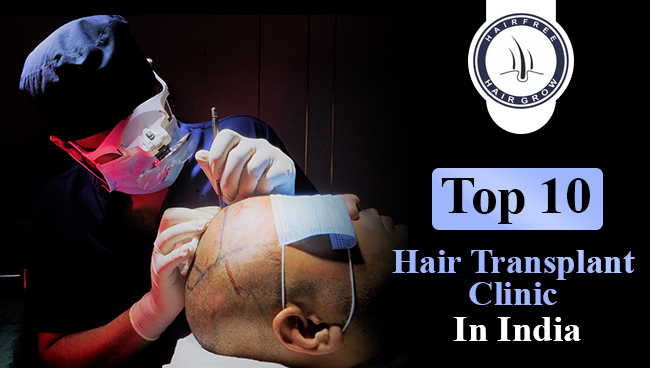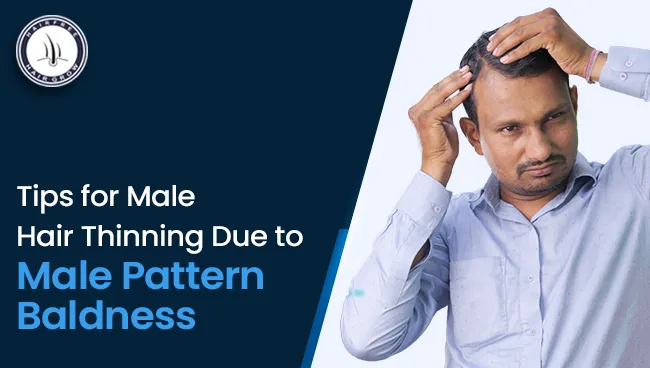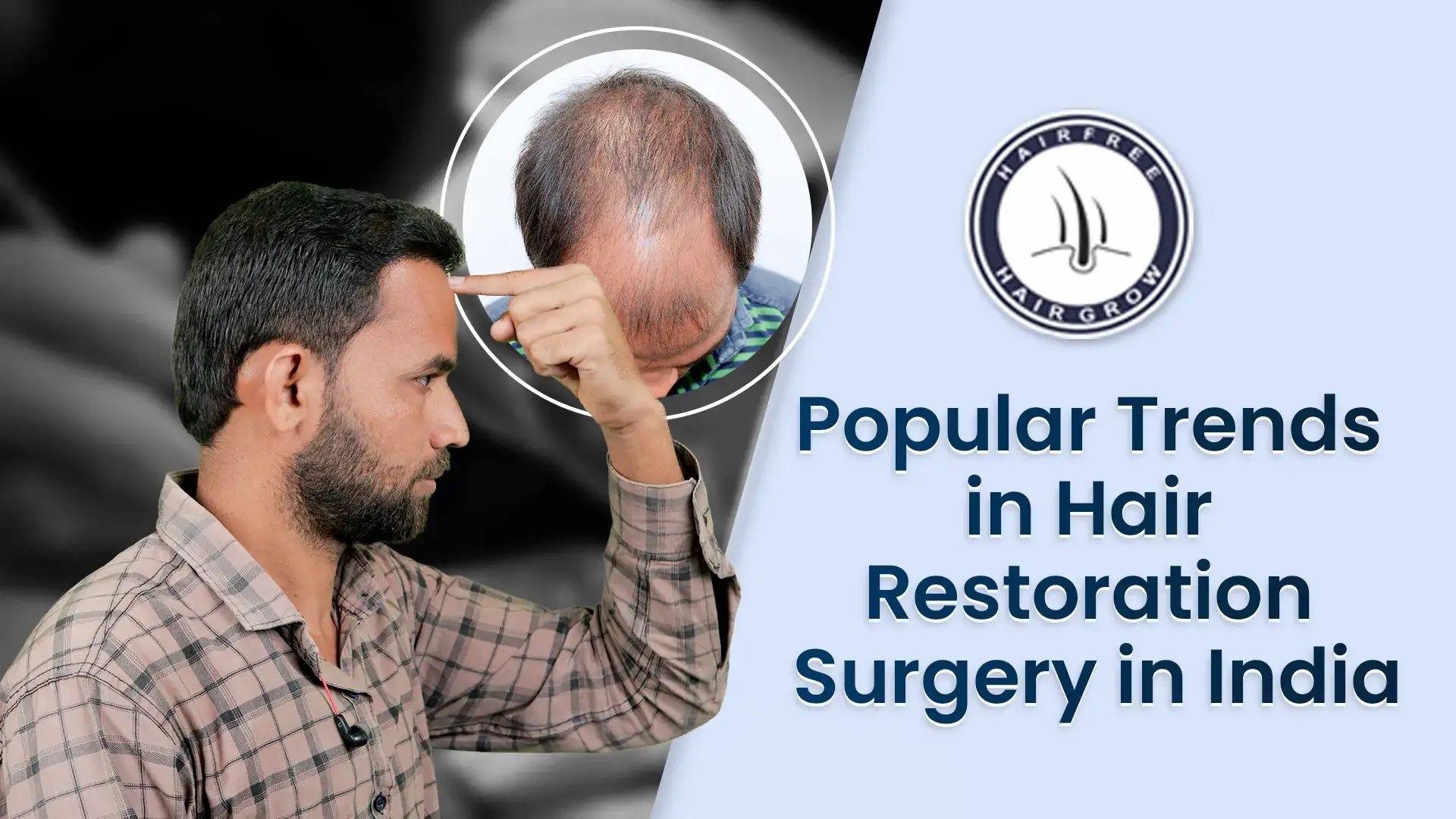The best news you can give your hair is accepting responsibility and starting to take care of it. Many people don’t recognize this responsibility until they experience hair loss or fear losing their hair. These are indeed scary scenarios, but remember, we are often the ones who put ourselves in harm’s way. Hair needs the same care as any other part of the body. Respecting your hair involves proper nutrition and using quality hair care products. However, sometimes hair loss is beyond our control due to factors like genetics.
Our genes, inherited from our parents and ancestors, determine many aspects of our physical attributes, including our susceptibility to certain conditions, such as hair loss. Thus, we cannot control our genetic makeup, and sometimes, it brings bad news for our hair.
Why Choose Hair Transplant?
Everyone experiences hair loss, but usually, hair regrowth outpaces hair loss, maintaining an optimal amount of hair. However, when regrowth slows, baldness can occur. While our ancestors may have encouraged aging gracefully and accepting hair loss, why should we settle for less than our best? Accepting hair loss often means dealing with private shame and fear of public embarrassment. This is why many choose hair transplants.
A hair transplant involves transferring hair follicles, called grafts, from a donor area (usually the back of the scalp) to a recipient area (often the front of the scalp). Various techniques like FUT, FUE, and DHI have been developed and refined over the years to achieve great success in hair transplants.
Hair Transplant Procedure
In a hair transplant procedure, the doctor first calculates the number of hair follicles required for a natural look. This calculation is crucial as it determines the timing and duration of the procedure. For example, if a doctor determines that 3,500 hair follicles need to be transplanted using the FUE technique, they can decide to:
- Perform the procedure of 3,500 grafts in one day.
- Or schedule it over two days, with 2,500 grafts on day one and 1,000 hair grafts on day two.
This calculation also depends on the patient’s grade of baldness. For instance, a Grade 1 or 2 baldness will require a shorter procedure with fewer grafts, whereas a Grade 6 or 7 may require longer hours and could extend over a couple of days. However, there can be occasional calculation errors, either human or computer-generated, leading to a different number of required grafts than initially planned.
Handling Graft Calculation Errors
If More Grafts Are Required:
We first communicate with the patient to explain that the procedure might not be as successful if the required grafts are not added. The margin of error is about 300 to 500 hair grafts, which doesn’t result in a significant price increase. We generally offer a discount on the additional grafts and try to complete the procedure within the stipulated time. If an extra day is needed, we cover the client’s commute and meals.
If Fewer Grafts Are Required:
This is great news as it means the patient will spend less and see results a few hours sooner. Our doctors and technicians also finish their work sooner. The first step for you is to come to HairFree and HairGrow. We’ll handle all the issues related to graft calculations and procedures, ensuring the best results for your hair transplant. Our aim is to provide outstanding results that enhance your appearance and happiness with the best hair possible.
Hair Transplant Cost Considerations in India
In India, the cost of hair grafts varies from INR 25 to INR 45 per graft, depending on the number required:
- 1000 grafts: INR 30,000 – INR 60,000
- 1500 grafts: INR 45,000 – INR 90,000
- 2000 grafts: INR 60,000 – INR 120,000
- 2500 grafts: INR 75,000 – INR 150,000
- 3000 grafts: INR 90,000 – INR 180,000
- 4000 grafts: INR 120,000 – INR 240,000
- 5000 grafts: INR 150,000 – INR 300,000
Patients are advised to consult directly with surgeons and clinics to ascertain precise costs and procedures tailored to their needs.
Conclusion
Choosing a hair transplant isn’t just about restoring hair; it’s about reclaiming confidence and embracing a more fulfilling self-image. With meticulous planning and skilled execution, modern hair transplant techniques offer transformative results, ensuring that each patient achieves the best possible outcome in their hair restoration journey.












